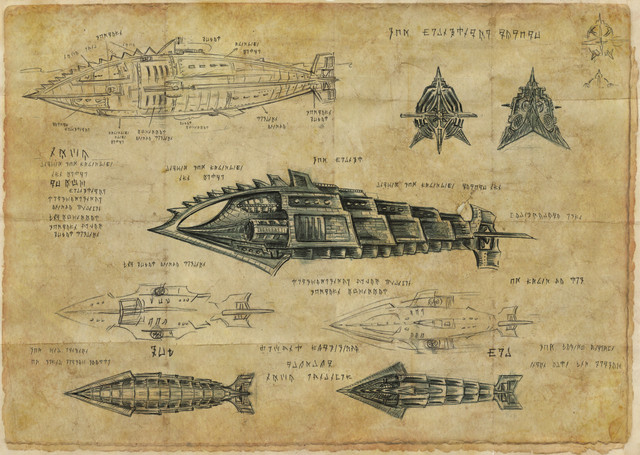HOME | DD
 Christian-Cline — Menir-Map
Christian-Cline — Menir-Map

#alien #alienlife #alienplanet #alienworld #bookillustration #creaturedesign #digitalpainting #evolution #exoplanet #sciencefiction #worldbuilding #xenobiology #speculativebiology #speculativezoology
Published: 2021-09-28 18:58:24 +0000 UTC; Views: 7870; Favourites: 63; Downloads: 3
Redirect to original
Description
Planet Menir is unlike a lot of larger-than-earth exoplanets in that its core is partially inert, and because of that the world is a lot more like Mars than our own Earth. While there are a handful of large lakes on the northern hemisphere, a vast majority of the world's surface is rock or ice. The extreme lack of moisture results in very little rain, with there being entire decades devoid of any of it. Thanks to eons of wind and weather erosion, coupled with the planet having higher gravity than Earth, much of the world's surface is pretty flat and boring, with only a handful of ancient mountains and volcanoes on the entire planet.While there is a little wind, there isn't any in any real amount thanks to the thinner atmosphere, meaning that there aren't very many areas with fine sand or granules of ice/rock. This means that dust storms, even with harsh winds, don't cause any considerable damage to the environment.
Some areas of importance on planet Menir include:
Planus Chasma: a region of large and varying glaciers and low mountains, with the occasional small river and lake.
.
Planus Laterus: a large rocky plain, with sporadic underground pools.
.
Lacus Triplici: Menir's three largest lakes, where a lot of the planet's bacteria grow.
.
Mons Meniria: the planet's largest volcano, which has been dead for millions of years.
.
Gelida Axis: the north pole, which is an enormous and very flat icy desert plain.
.
Glacies Meridies: one of the two largest icy areas on Menir, covered in thick ice for millions of years.
Instagram: www.instagram.com/christian_cl…
Book: www.amazon.com/dp/B09FCCCDRN/r…






















